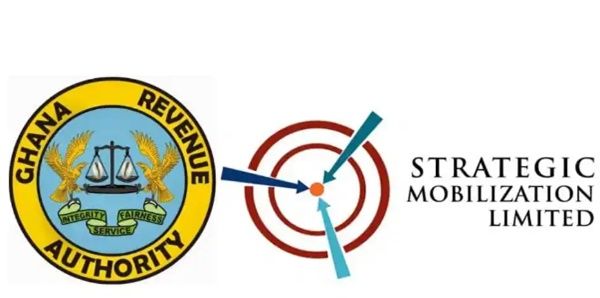
About 200,000 farmers in the Upper East Region would be enrolled unto the government’s flagship programme, Planting for Food and Jobs (PFJs) this year, farming season.
This would be about 35 per cent increase on last year’s figure of 130,000 farmers, though the target was 120,000 farmers.
This was disclosed to the Ghana News Agency by Mr Francis Ennor, the Regional Director, Department of Food and Agriculture in an interview in Bolgatanga.
For the Rearing for Food and Jobs (RFJs) programme, 2,000 sheep and 1,500 goats are ready for distribution to 150 farmers from the Bawku Municipality, Builsa South, Bolgatanga East, Pusiga and Tempane Districts, he added.
He said last year, 2019, the same number of farmers from one Municipality and four Districts in the region benefitted from the new initiative intended to boost livestock production, create jobs, cut down the importation of meat and increase the revenue of farmers.
The Regional Director explained that the pandemic posed a potential food crisis in the country and therefore his outfit was determined to support farmers to ensure increased production.
“Every district across the region would support its farmers to go into special rice production, to increase productivity this year”, he added.
“The COVID-19 has made us to increase our production, we want to use Builsa South as a hub for rice production, the lands are there and so, instead of concentrating on the small scale farmers alone, we are encouraging commercial farmers to invest in those areas”.
“As a country, we are self-sufficient in maize, cassava and tubers except rice. The importation of rice is still very high and in the midst of this COVID-19, we are taking rice production very seriously. If we don’t sit up and do more, it is going to affect food availability in the coming year,” he added.
Mr Ennor said the government had implemented another project known as the Savannah Zone Investment Programme (SIP), to increase commercial production of maize and soya beans while some farmers had also been identified in the Builsa area to crop at least 100 hectares of rice each.










